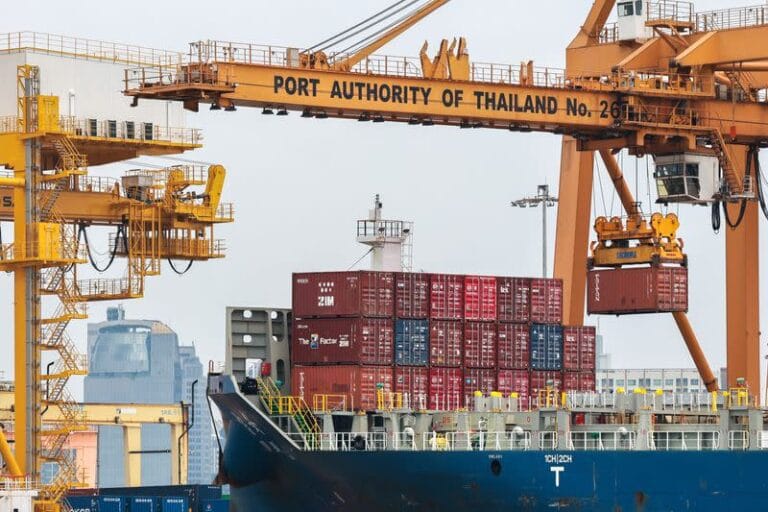🎧 Listen to This Article
BANGKOK – In response to the hefty 36% tariff imposed by the Trump administration on Thai goods, Thailand is making strategic adjustments to counteract the financial blow. The country is set to increase U.S. imports, lower taxes on American products, and address non-tariff barriers in a bid to negotiate better terms for its trade relationship with the United States.
The significant tariff, which exceeds what Thai officials had initially expected, is one of the highest rates on Southeast Asia’s second-largest economy. Finance Minister Pichai Chunhavajira, who will lead the Thai delegation in upcoming talks, indicated that while discussions are on the horizon, Thailand is in no rush to head to the U.S., as the proposals require careful preparation.
Prime Minister Paetongtarn Shinawatra confirmed that meetings with the U.S. Trade Representative are set, but no further details were disclosed. The government’s primary objective is to achieve a balanced trade relationship with the U.S. within the next decade.
Impact on Thai Economy and Exporters
Thailand’s economy, heavily reliant on exports, could see growth taking a hit from the new tariffs. The Finance Ministry has warned that the tariffs could reduce growth by as much as one percentage point in 2025. Initially, Thailand had projected a 3% growth for the year, following a modest 2.5% expansion in 2024, far below regional growth rates.
To offset the negative effects of the tariffs, the Thai government plans to bolster imports of key U.S. goods such as corn, soybeans, crude oil, liquefied natural gas (LNG), electronics, and aircraft. They also plan to review rules surrounding the importation of U.S. pork to further support this strategy.
Despite these steps, the stock market reacted negatively to the tariff news, with Thailand’s benchmark index dropping as much as 6.1% on the first trading day after the announcement. In response, the Stock Exchange of Thailand enacted new trading limits, reducing stock movement floors and ceilings from 30% to 15%, alongside a temporary ban on short selling to curb volatility.
Thailand’s Trade Deficit with the U.S. and Long-Term Strategy
While Thailand enjoyed a trade surplus with the United States amounting to $35.4 billion last year, the U.S. has expressed concerns about its $45.6 billion deficit with Thailand. With both sides feeling the strain, Thailand’s upcoming negotiations will likely focus on finding a compromise that supports the long-term interests of both nations.
What’s Next?
Thailand’s strategy moving forward will likely involve diversifying its markets to reduce dependency on any single trading partner, as the government urges Thai exporters to seek new opportunities outside of the U.S. These shifts could provide a cushion for the Thai economy while the government negotiates favorable terms with Washington.
As the situation evolves, attention will remain focused on how Thailand’s approach to mitigating tariff impacts unfolds and whether the country can regain its economic momentum amid these challenges.
For further details, clarification, contributions, or any concerns regarding this article, please contact us at editorial@tax.news. We value your feedback and are committed to providing accurate and timely information. Please note that our privacy policy will handle all inquiries



